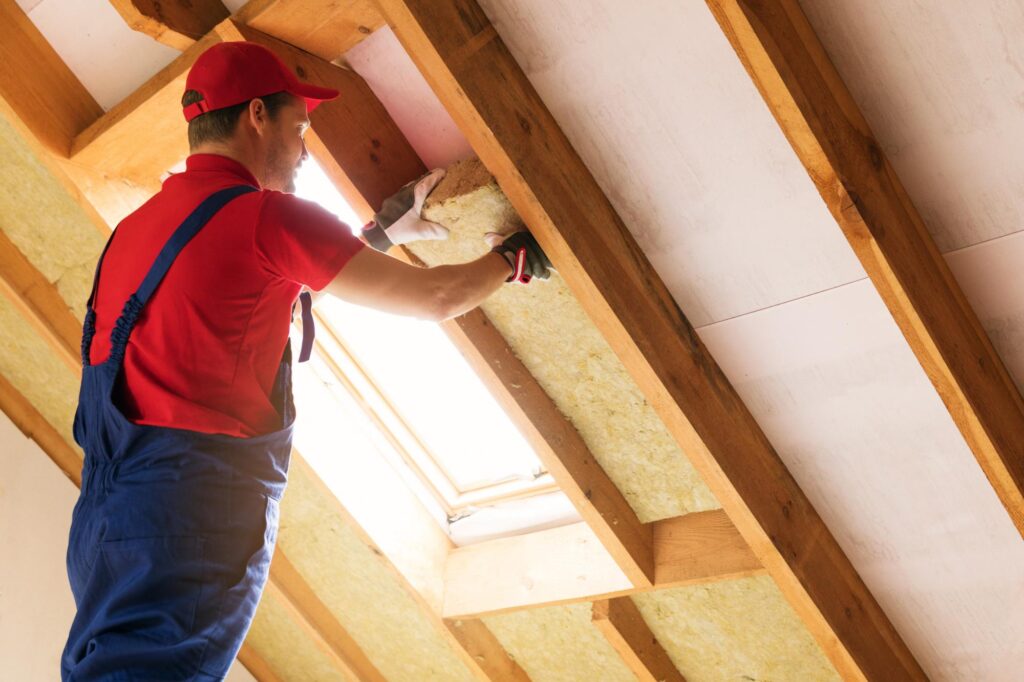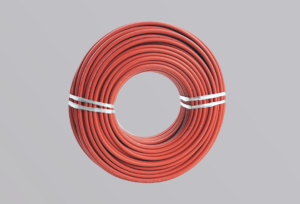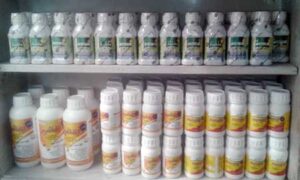
insulation installation
When considering insulation installation in Phoenix, it’s essential to understand what to expect from the process. Proper insulation is crucial for maintaining comfort and energy efficiency in homes, especially in a city like Phoenix, where temperatures can soar. Whether you’re preparing for a new installation or upgrading your current insulation, this guide will walk you through eight essential steps to ensure a successful installation.
Understanding the Importance of Insulation in Phoenix
Why Insulation Matters
In a hot climate like Phoenix, effective insulation plays a pivotal role in regulating indoor temperatures. Good insulation keeps the cool air in during the hot summer months and the warmth in during the milder winters. This is particularly important for residents in neighborhoods like Glendale, Superior, Mesa, Chandler, Tolleson, and Scottsdale. By investing in insulation, homeowners can reduce energy costs and enhance overall comfort.
Common Types of Insulation Used in Phoenix
Before diving into the installation process, it’s helpful to know the common types of insulation available. Fiberglass, foam board, and spray foam are popular options. Each type has its benefits, and choosing the right one will depend on your specific needs and budget.
Step 1: Initial Consultation with a Contractor
The first step in the insulation installation in Phoenix process is scheduling a consultation with a qualified contractor. During this meeting, they will assess your home’s insulation needs. Expect them to evaluate your current insulation, discuss any issues, and provide recommendations tailored to your home.
What to Discuss During the Consultation
- Current Insulation Condition: The contractor will examine the existing insulation to determine if it needs replacement or if additional insulation is required.
- Energy Efficiency Goals: Discuss your energy efficiency goals and any specific areas of concern within your home.
- Installation Options: Get a clear understanding of the types of insulation that can be used in your Phoenix home.
Step 2: Detailed Inspection of Your Home
After the initial consultation, a detailed inspection is necessary to determine the specific insulation needs of your home. The contractor will assess various areas, including attics, walls, and crawl spaces. This step is critical for developing a comprehensive installation plan.
Key Areas to Inspect
- Attics: One of the most significant areas for heat gain or loss.
- Basements and Crawl Spaces: These areas often need insulation to prevent drafts.
- Walls: Assessing wall insulation helps identify any gaps or insufficient coverage.
Step 3: Selecting the Right Insulation Materials
Once the inspection is complete, the contractor will help you select the appropriate insulation materials for your home. Consider factors such as R-value, which measures the insulation’s resistance to heat flow. Higher R-values indicate better insulating effectiveness, which is essential for homes in the hot Phoenix climate.
Popular Insulation Options in Phoenix
- Fiberglass Insulation: Cost-effective and widely used.
- Spray Foam Insulation: Offers excellent air sealing and energy efficiency.
- Foam Board Insulation: Ideal for exterior walls and unfinished walls.
Step 4: Preparation for Installation
Before the installation begins, preparations must be made. This includes clearing the area where the insulation will be installed, ensuring that there are no obstructions. The contractor will also review safety measures with you and prepare the necessary tools and materials for the job.
Importance of Preparation
- Safety First: A clean work area ensures a safer environment for the installation crew.
- Efficient Process: Proper preparation can expedite the installation process.
Step 5: Insulation Installation Process
The actual insulation installation is where the magic happens. Depending on the type of insulation chosen, the process will vary. For example, fiberglass batts may be installed in rolls, while spray foam requires special equipment to apply. Throughout the installation, the contractor will ensure that all areas are covered effectively.
Installation Techniques
- Blown-In Insulation: Ideal for attics and wall cavities, this method allows for even coverage.
- Spray Foam Application: Expands to fill gaps and provides excellent thermal resistance.
Step 6: Quality Control and Inspection
After the insulation has been installed, the contractor will perform a quality control check. This step ensures that the installation meets industry standards and that no areas have been overlooked. They will check for gaps, proper sealing, and ensure that the insulation is installed at the correct depth.
Why Quality Control is Essential
- Longevity: Proper installation ensures the insulation will perform effectively over time.
- Energy Efficiency: Identifying any issues post-installation can save money on energy bills.
Step 7: Final Touches and Cleanup
Once the installation is complete and quality checks are performed, the contractor will finalize any touches needed. This may include sealing any access points or vents that may have been affected during the installation. They will also conduct a thorough cleanup of the work area.
Importance of Cleanup
- Safety: Removing debris and insulation scraps reduces the risk of accidents.
- Aesthetic Appeal: A clean work area enhances the overall look of your home.
Step 8: Enjoying Your Newly Insulated Home
After the installation process is complete, you can enjoy the benefits of your newly insulated home. Expect improved comfort, lower energy bills, and a quieter indoor environment. The difference will be noticeable, especially during the scorching summer months in Phoenix.
FAQs
How long does the insulation installation process take?
The duration of the installation can vary depending on the size of your home and the type of insulation being installed. Typically, it can take anywhere from a few hours to a couple of days.
Can I stay in my home during the installation?
In most cases, you can stay in your home during the installation. However, it’s advisable to discuss this with your contractor, as certain types of insulation (like spray foam) may require temporary evacuation.
How do I know if I need new insulation?
Signs that you may need new insulation include high energy bills, uneven temperatures in your home, or visible damage to your existing insulation.
What is the best type of insulation for Phoenix?
Spray foam insulation is often recommended for homes in Phoenix due to its superior air sealing properties and energy efficiency. However, the best choice will depend on your specific needs and preferences.
Conclusion
Insulation installation in Phoenix is an essential process that can significantly enhance your home’s comfort and energy efficiency. By following these eight steps, you can ensure a successful installation. If you’re ready to improve your home’s insulation, consider reaching out to a qualified contractor like BW Insulation at (480) 712-5830. With their expertise, you’ll be on your way to enjoying a more comfortable and energy-efficient home in Phoenix, Glendale, Superior, Mesa, Chandler, Tolleson, and Scottsdale.






